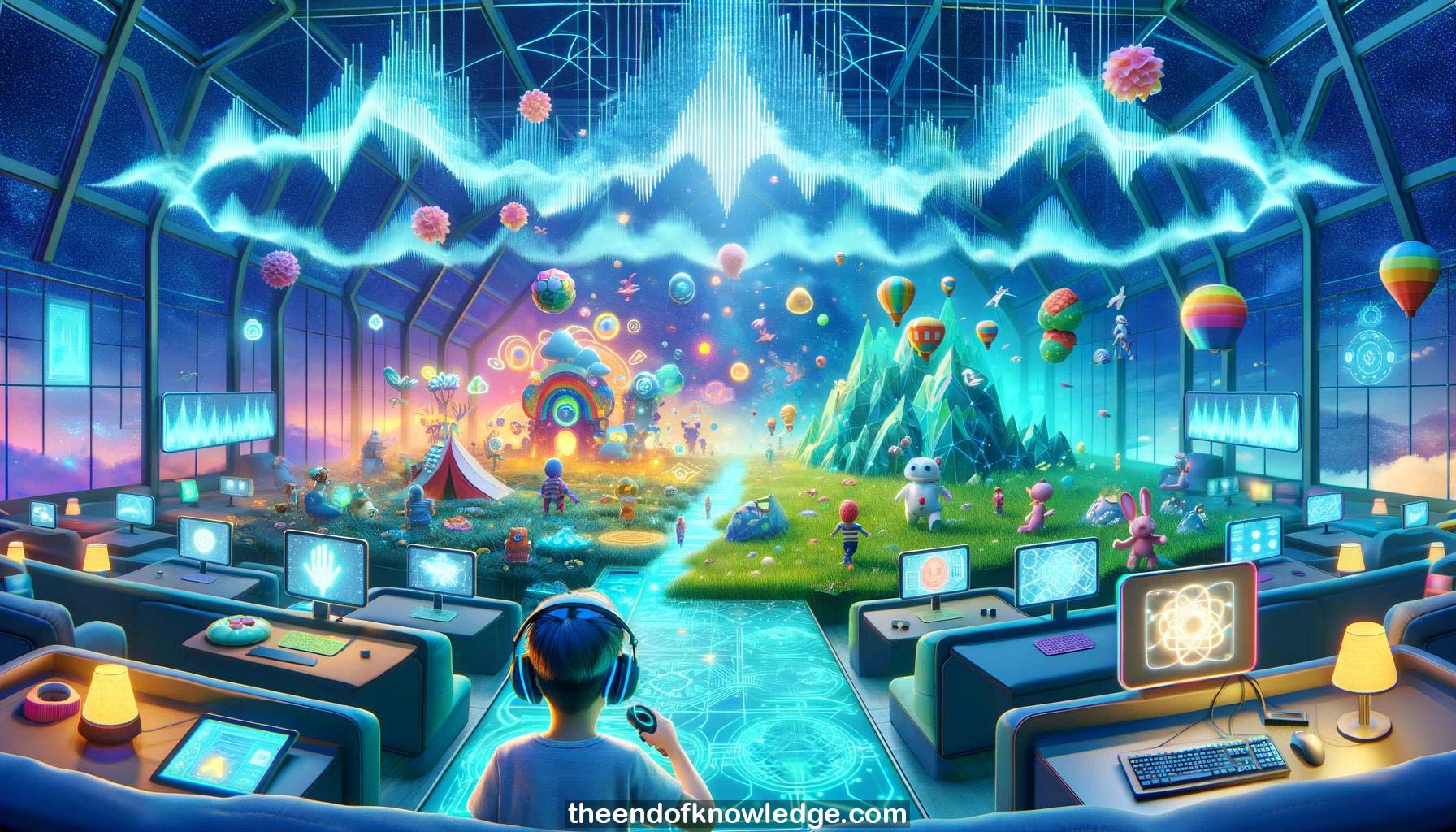 >
>
Concept Graph & Resume using Claude 3 Opus | Chat GPT4 | Llama 3:
Resume:
1.- Brainshow is developing a VR neurofeedback therapy for children with ADHD, combining EEG and VR to make the therapy engaging and accessible.
2.- The therapy detects focus levels in real-time using EEG and rewards the user in VR when they maintain focus for set durations.
3.- Current neurofeedback is expensive, time-consuming, requires in-person sessions. Brainshow aims to enable effective neurofeedback therapy at home using VR gamification.
4.- The VR environment is highly gamified to keep children engaged and motivated to complete the 20-30 therapy sessions needed for lasting effects.
5.- A therapy session involves a short calibration, 25min neurofeedback training, 15min behavioral therapy, and a reward period to explore the VR world.
6.- The behavioral therapy uses psychoeducation to teach strategies for memory, focus, etc. It's delivered by characters in the story-driven VR experience.
7.- Brainshow has experience in VR, neurofeedback, and has partnerships with health companies. They've raised 1.6M and have the team to develop this.
8.- In Germany, digital therapeutics can be prescribed and reimbursed. Brainshow is pursuing this path to make their ADHD therapy widely accessible.
9.- The company has achieved medical device class 1 certification for their software. The EEG and VR devices are considered external, unregulated components.
10.- Early user tests show high excitement and engagement with the VR neurofeedback. The immersive environment helps children focus and control the virtual world.
11.- Key advantages are the engaging VR environment, accessibility of home therapy, sustainability of effects compared to medication, and the motivating gamification.
12.- Challenges include the heavy weight of VR headsets, deciding between wet/dry EEG electrodes, and limiting VR sessions to 30 minutes.
13.- The neurofeedback training targets increasing the sensorimotor rhythm (SMR) frequency band, which is associated with focus and reduced hyperactivity in ADHD.
14.- Beyond attention, the behavioral therapy component can potentially train other executive functions and cognitive skills that are underdeveloped in ADHD.
15.- While the initial focus is ADHD, neurofeedback and VR have potential applications for other conditions like Alzheimer's, stroke recovery, MS, etc.
16.- Neurofeedback teaches users what the focused state feels like, enabling them to return to that state even after the training.
17.- Healthy individuals may also benefit from Brainshow's VR neurofeedback training to improve their own focus and concentration.
18.- The therapy can likely be used alongside ADHD medication, but this makes clinical validation more complex. Initial studies may exclude medicated participants.
Knowledge Vault built byDavid Vivancos 2024